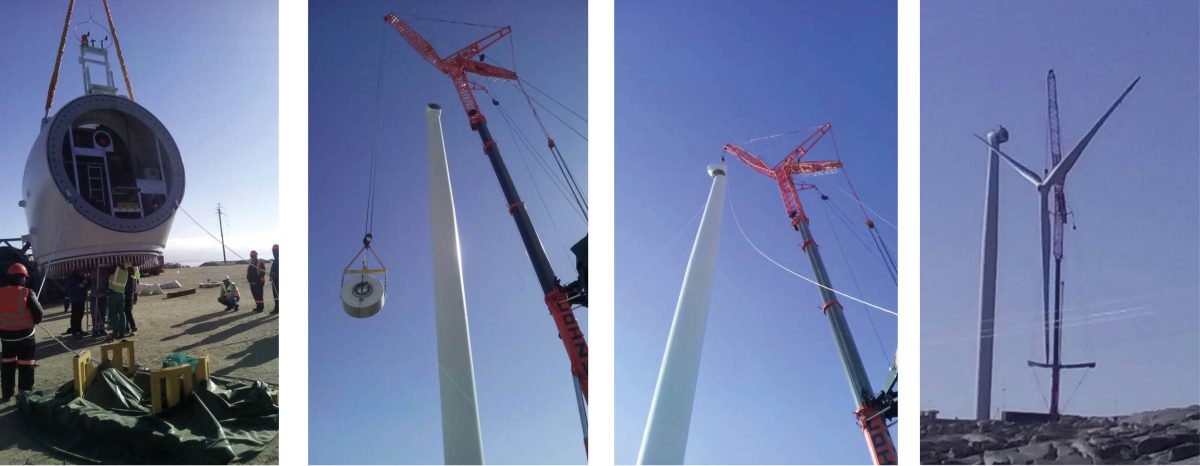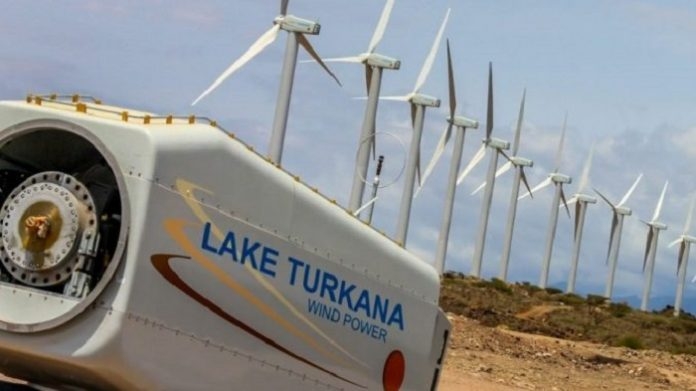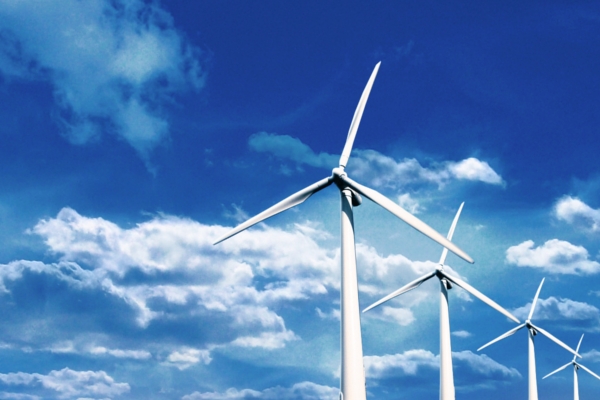

The South African Wind Energy Association (SAWEA) has praised the emphasis placed in the draft Integrated Resource Plan (IRP 2018) on integrating the least-cost generation solutions of wind, solar photovoltaic (PV) and gas into the South African electricity mix between 2018 and 2030. However, the body has also questioned a three-year allocation gap in the plan for new wind capacity.
The draft IRP 2018 makes no provision for wind capacity additions during 2022, 2023 and 2024 and has also left a two-year gap (2023 and 2024) in allocations for new solar PV capacity. The gap coincides with the two years during which the IRP 2018 envisages a total of 1 000 MW of coal-fired capacity being added.
The coal additions arise from a policy adjustment made to the least-cost IRP to cater for two coal-fired independent power producers already procured by the Department of Energy – the 300 MW Khanyisa project and the 557 MW Thabametsi project. Both projects are facing resistance from environmental and community groups, but Radebe said he was optimistic that the projects would proceed.
SAWEA CEO Brenda Martin congratulated the DoE for ensuring that the draft IRP 2018 placed emphasis on least-cost options to 2030, which result in wind comprising 15%, or 11 442 MW, of the country’s power mix by 2030. The draft plan has allocated 8 100 MW for new wind between 2018 and 2030, despite limiting yearly wind additions to 1 600 MW.
Nevertheless, the association would seek clarity on the “planned sequence” of wind investments, which was currently suggestive of a three-year gap in procurement. “The Industry cannot deliver the many socioeconomic benefits and the scale of investment associated with wind power supply, with a stop-start approach,” Martin said in a statement.
She added that energy investment choices made in the IRP would have long-term effects for the economy as a whole, as well as the successful, timeous achievement of an energy transition. “It is therefore critical that public inputs call for the finalised IRP to be based on choices that allow for transition-related investment certainty and job-creating local manufacturing growth in particular.”
SAWEA stressed that it supported Radebe’s aspiration for the Cabinet to adopt the IRP 2018 as soon as the comment period is concluded. Radebe has allowed for a 60-day comment period beginning on August 27.
More news
- PART 2: CONCRETE IN THE DESIGN OF A UNIQUE LUXURY HOME IN GEORGE, SOUTH AFRICA
- PART 1: CONCRETE IN THE DESIGN OF A UNIQUE LUXURY HOME IN GEORGE, SOUTH AFRICA
- MVULE GARDENS, AFRICA’S LARGEST 3D-PRINTED AFFORDABLE HOUSING PROJECT
- PART 3: HARNESSING THE POTENTIAL OF HIGH SULPHUR FLY ASH IN CONCRETE PRODUCTION
- PART 2: HARNESSING THE POTENTIAL OF HIGH SULPHUR FLY ASH IN CONCRETE PRODUCTION





